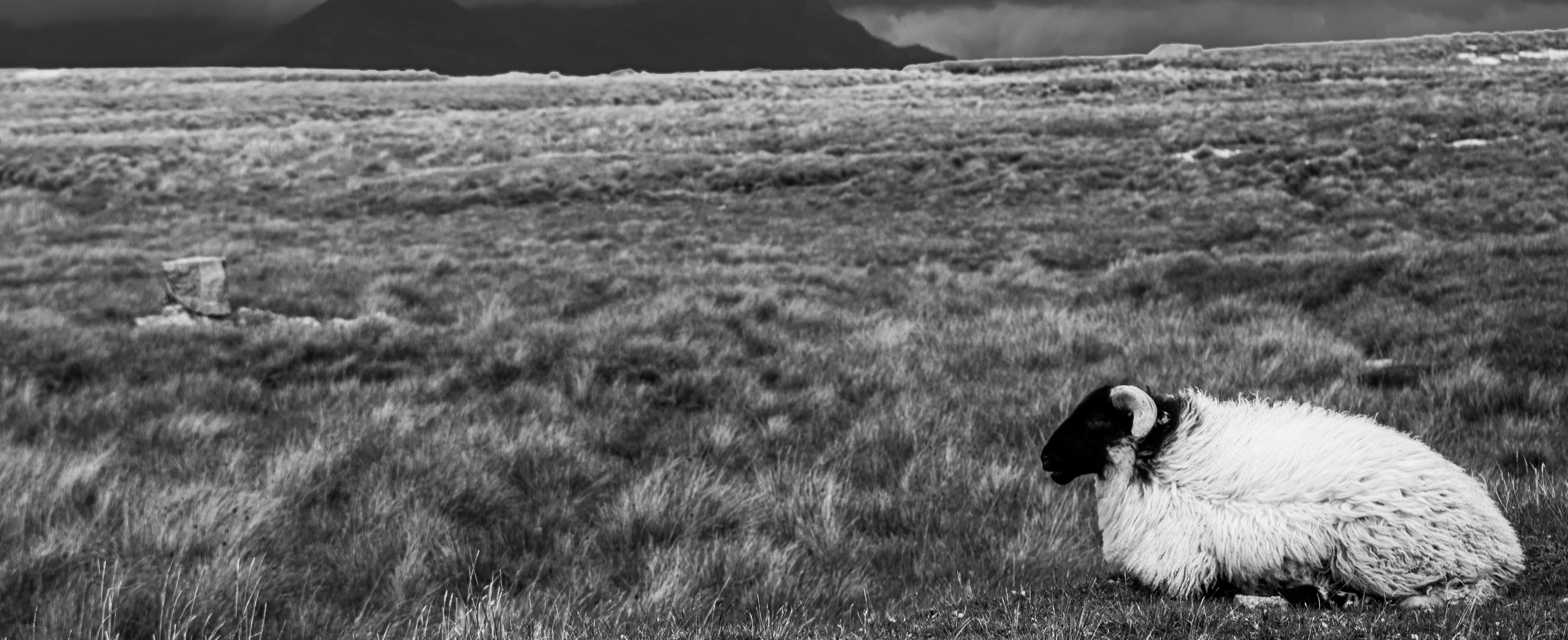Abstract
For the last 30 years in Australia, the extinction of the dingo has been a subject of great concern. But what this usually means is not that dingoes are being pushed to the brink because of gunshot or baits (though such persecution is happening[1]). In fact, it is not even so much a matter of dingo death but rather dingo birth, or the queer[2] relations of dingo and domestic/wild dog, that is the major concern. As Laurie Corbett once wrote: ‘cross-breeding is common and the pure dingo gene pool is being swamped’. His words (though he is by no means alone in expressing the fear of the genetic ‘swamp’), have resonated well beyond the contested science of dingo ‘purity’ within the academy, such that panic over hybridity now characterises dingo discourse at large. Almost everything that is said about the dingo, from conservation biology to art installations, pivots around a seemingly unshakeable truth that the dingo is becoming extinct by hybridizing with domestic dogs. It is this particular interpretation or use of the word extinction that intrigues me. How did hybridity become tangled up with extinction in this way, and how did it come to have such explanatory power despite the fact that numerous studies failed to establish either a definitive test for dingo purity or a reliable baseline to begin with? The ‘pure’ dingo is a taxonomic spectre that was formalised in the 1980s by dingo biologists, specifically Laurie Corbett and Alan Newsome, as I will discuss in part II of this essay. Their early work successfully branded the ‘hybrid’ as a threat to the dingo, and this idea has gone on to dominate dingo research for the last 30 years. Indeed, I would go so far as to say that the link between hybridity and dingo extinction forms the ideological backbone of ‘dingology’, which is a term I use in the spirit of Donna Haraway’s ‘primatology is politics by other means’ (1984), to examine how dingology straddles a biocultural frontier, where race, gender and species intersect.
Keywords: Intersectionality, Australian race relations, dingoes
How to Cite:
Probyn-Rapsey, F., (2015) “Dingoes and dog-whistling: a cultural politics of race and species in Australia”, Animal Studies Journal 4(2), 55-77.
Downloads:
Download PDF
451 Views
2028 Downloads

